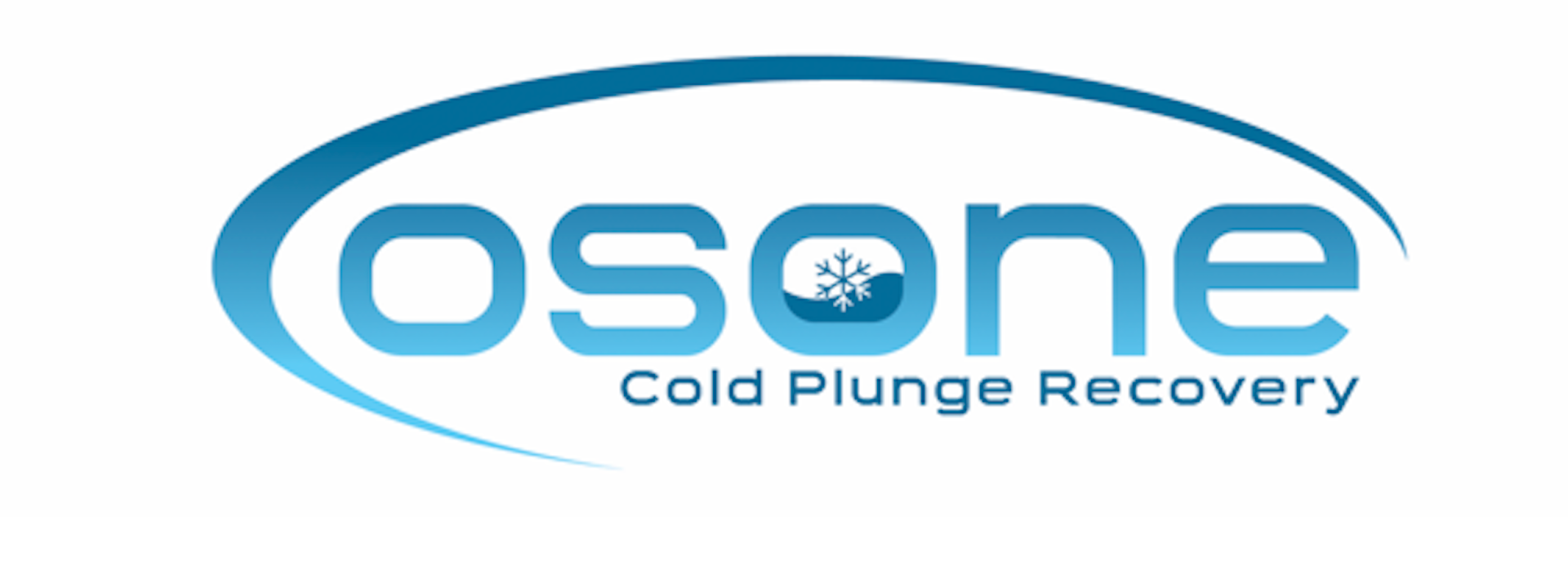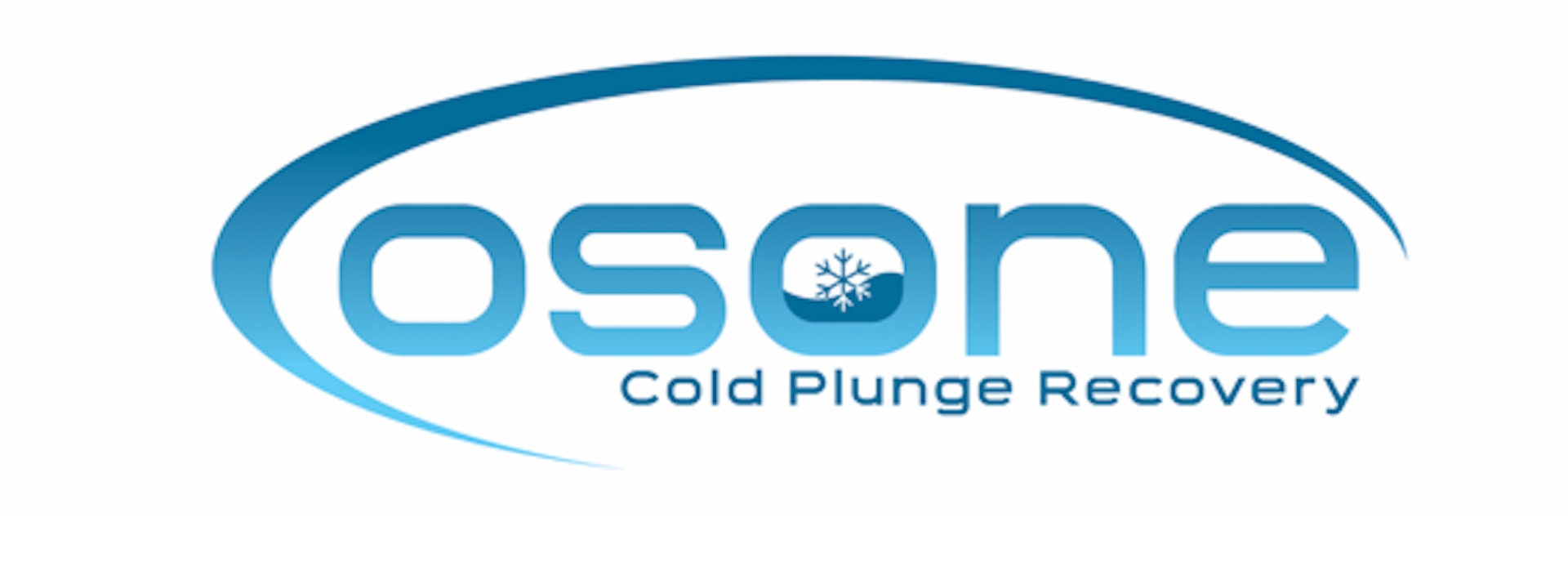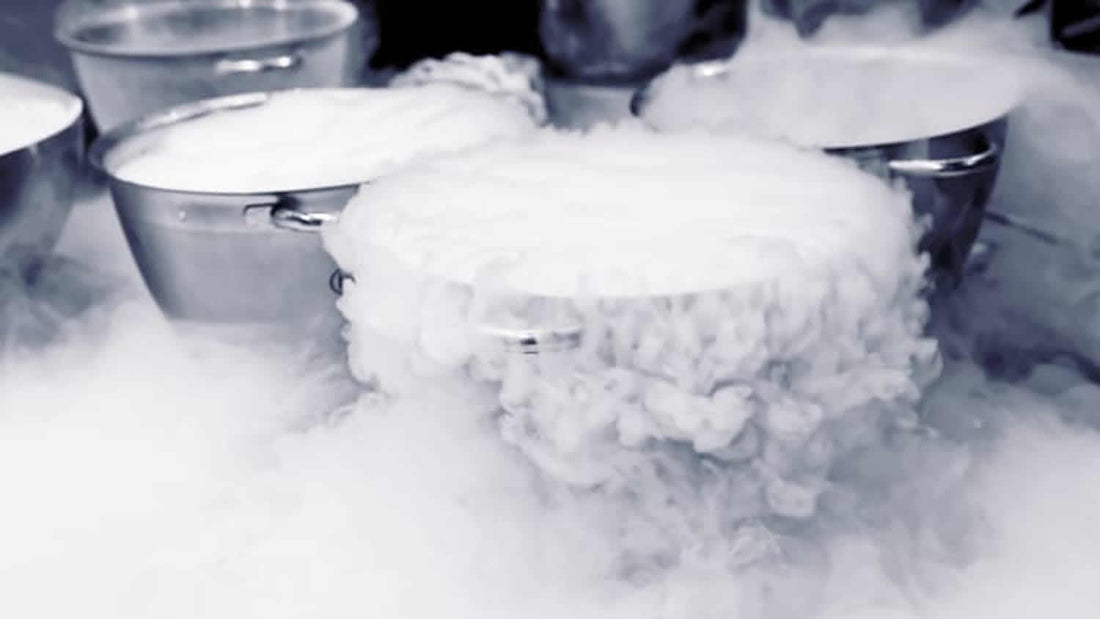As the pursuit of optimal health and wellness continues to evolve, alternative therapies like cryotherapy and cold plunging have gained significant attention. Both involve exposure to extreme cold temperatures, but they differ in their methods and purported benefits. In this article, we will explore the principles, applications, and potential advantages of cryotherapy and cold plunging to help you make an informed decision on which might be better suited to your health and wellness goals.
Understanding Cryotherapy:
Cryotherapy is a therapeutic technique that involves exposing the body to extremely low temperatures for a short duration. This can be achieved through various methods, including whole-body cryotherapy (WBC), where individuals enter a chamber filled with nitrogen-cooled air, or localized cryotherapy, where specific body parts are targeted with cold air or cryogenic liquids.
- Benefits of Cryotherapy:
- Reduced Inflammation: Cryotherapy is believed to reduce inflammation by constricting blood vessels and decreasing blood flow to affected areas. This can be beneficial for athletes recovering from injuries or individuals with inflammatory conditions.
- Pain Management: The cold exposure during cryotherapy may help alleviate pain by numbing nerve endings and reducing nerve activity.
- Enhanced Recovery: Athletes often turn to cryotherapy to accelerate recovery after intense physical activity. The rapid cooling is thought to help with muscle repair and reduce post-exercise soreness.
- Cons of Cryotherapy:
- Cost: Cryotherapy clinics can range anywhere from $60 to $100 per session depending on location.
- Convenience: Cryotherapy locations may not be available in your city. For those with the option, a drive to a commercial location will be necessary.
- Limited Research: While some studies suggest benefits, the overall scientific consensus on the effectiveness of cryotherapy is still evolving. More research is needed to establish its long-term impact and efficacy.
Exploring Cold Plunging:
Cold plunging involves immersing the body in cold water. This can take place in natural bodies of water, such as lakes or oceans, or in specially designed cold plunge products such as tubs or pods.
- Benefits of Cold Plunging:
- Improved Circulation & Muscle Recovery: The shock of cold water is believed to stimulate blood circulation, which can enhance oxygen and nutrient delivery to tissues and organs. Cold plunging is often used to facilitate muscle recovery. The cold water may help reduce inflammation and alleviate muscle soreness.
- Mental Well-being: Cold plunging is associated with an endorphin release, leading to improved mood and reduced stress. The mental benefits of cold water immersion are often praised for promoting a sense of alertness and well-being.
- Convenience: Cold plunging can be easily accessible when having a natural body of water present or an at-home cold plunge product.
- Read more about the benefits here.
- Cons of Cold Plunging:
- Temperature Variability: In natural bodies of water, temperature can vary significantly based on season and geographic location. In colder climates, winter plunges may be excessively cold, posing challenges for extended exposure. Home use cold plunge products containing ice can also bring its challenges as ambient temperatures will vary and over time, ice will melt. The only way to control temperature consistently throughout the seasons and even during use is with a water chiller.
- Setup time: If you're constantly starting from setup mode, the turn around time could take hours as you need to fill up your cold plunge, set chiller desired temperature (if you own a chiller) and wait a few hours to get the water to the desired temperature. On the other hand, if you have ice, you could be cold plunging in as quick as 15-30 minutes but as ice melts, this process will need to be repeated each time.
Comparative Analysis:
- Temperature and Duration:
- Cryotherapy: Involves exposure to extremely low temperatures, typically ranging from -200 to -300°F for 2-4 minutes.
- Cold Plunging: The temperature of cold water can vary but is generally much milder than in cryotherapy chambers. When using cold plunge products like water chillers, temperatures can easily be controlled allowing for a more regulated and consistent experience.
- Accessibility and Cost:
- Cryotherapy: Typically conducted in specialized clinics or wellness centers with cryotherapy chambers. Sessions may be relatively short, but the cost per session can be considerably higher compared to other therapies. On average, each session may cost $60-$100 depending on location.
- Cold Plunging: Can be done in natural bodies of water, making it more accessible for some individuals. Home use cold plunge products, while an upfront investment, offer a more cost-effective long-term solution for those seeking regular cold water immersion.
- Safety Considerations:
- Cryotherapy: Requires strict adherence to safety protocols to prevent cold injuries. Individuals with certain medical conditions, such as cardiovascular issues, may need to avoid cryotherapy.
- Cold Plunging: Natural bodies of water may pose environmental risks, and safety precautions are essential. Cold plunge products, when properly maintained, offer a controlled environment with fewer external hazards.
Whether you find solace in the icy embrace of a cryotherapy chamber or the ice cold waters of a cold plunge, the shared goal is harnessing the potential benefits of cold exposure for improved health and wellness. As with any wellness practice, moderation, safety, and personal enjoyment should be prioritized to ensure a positive and sustainable experience. It is essential to approach either therapy with caution, understanding the potential benefits and risks, and seeking guidance from healthcare professionals, especially for individuals with underlying health conditions.


